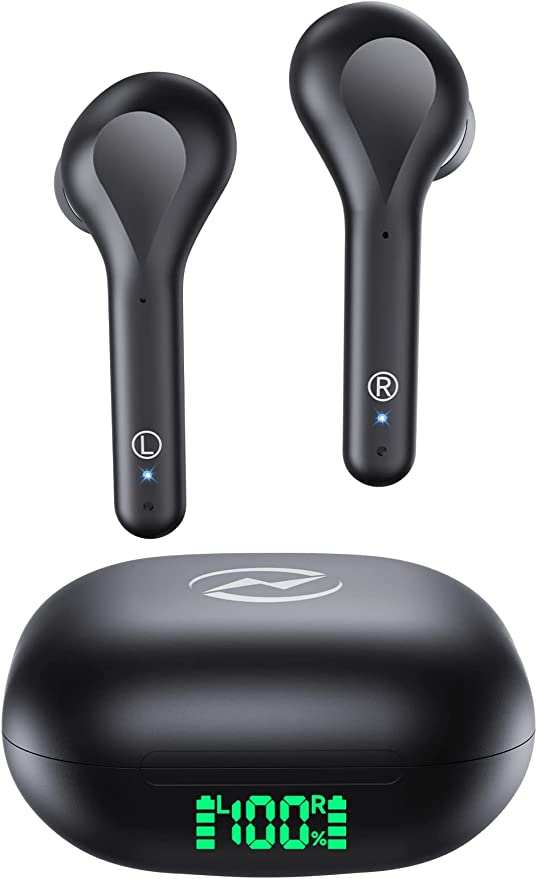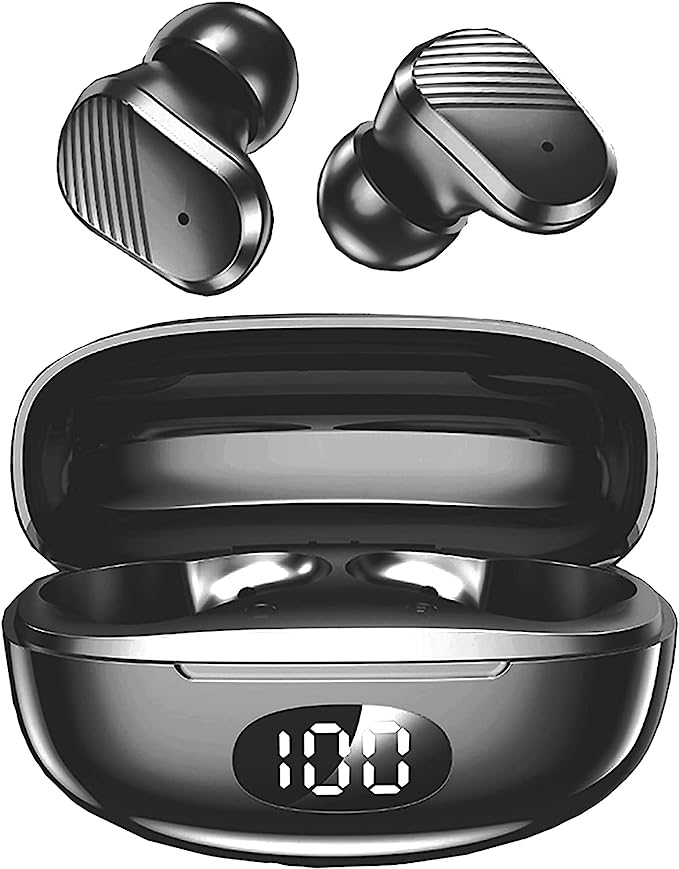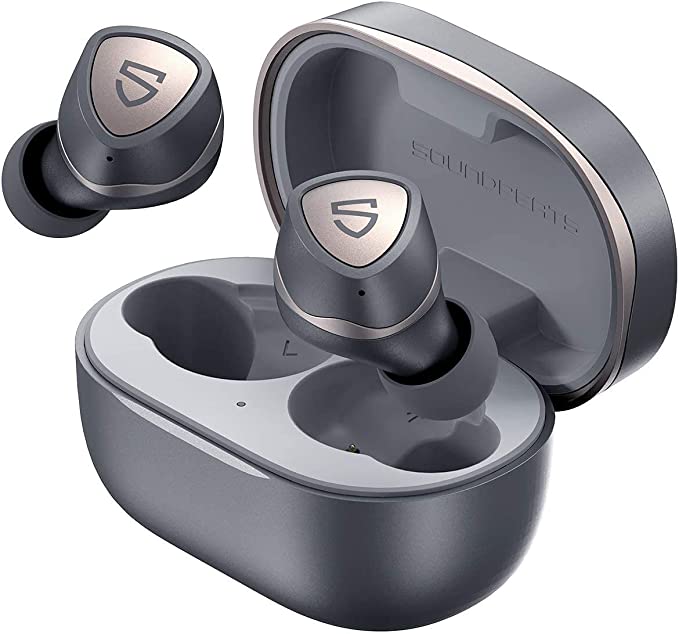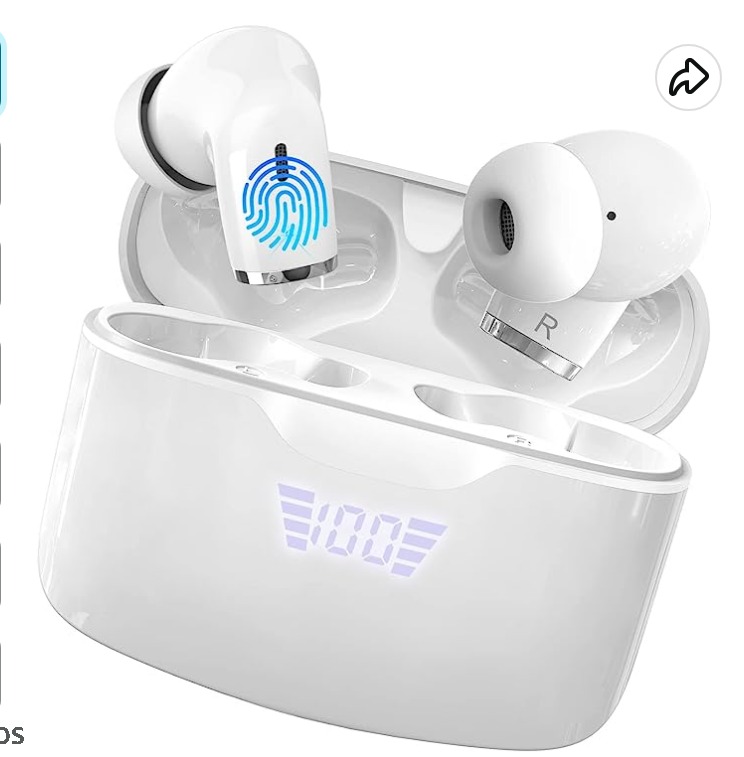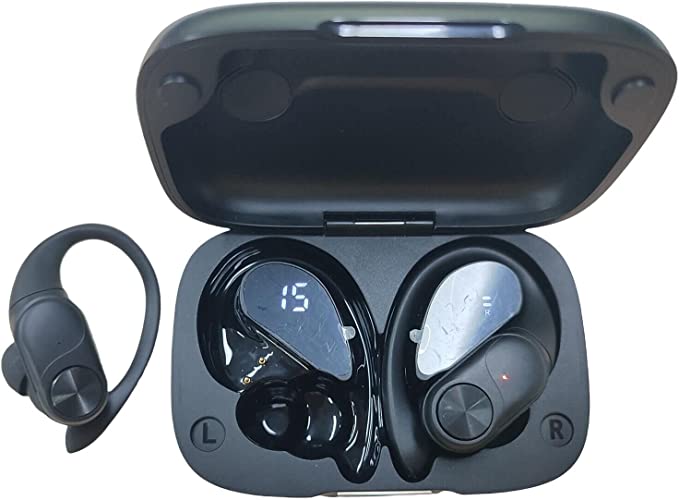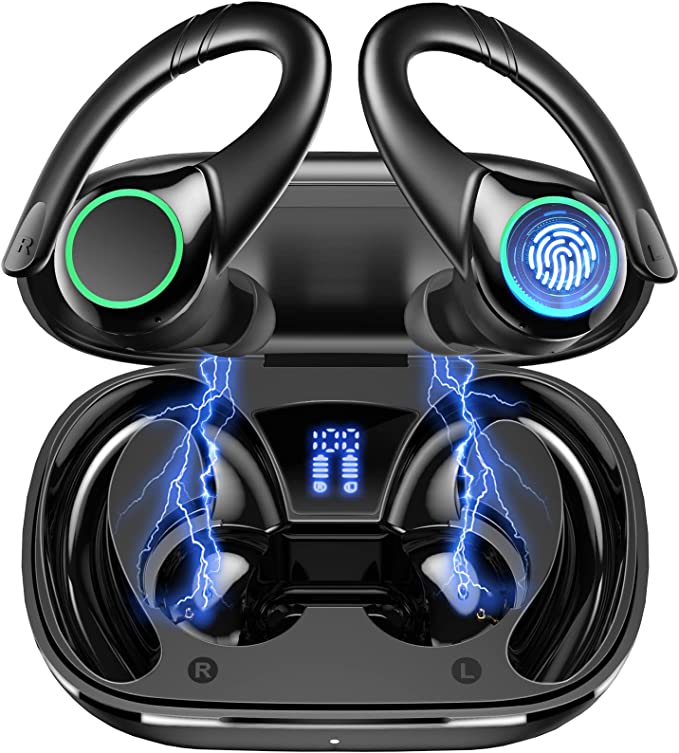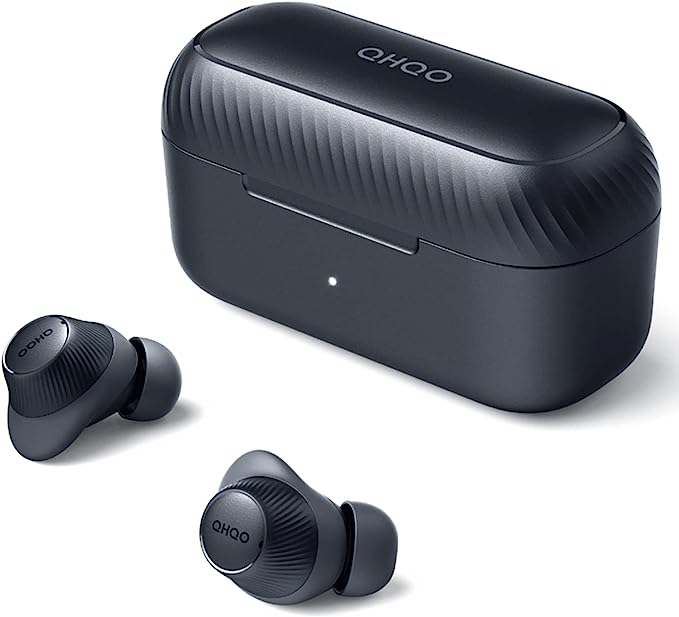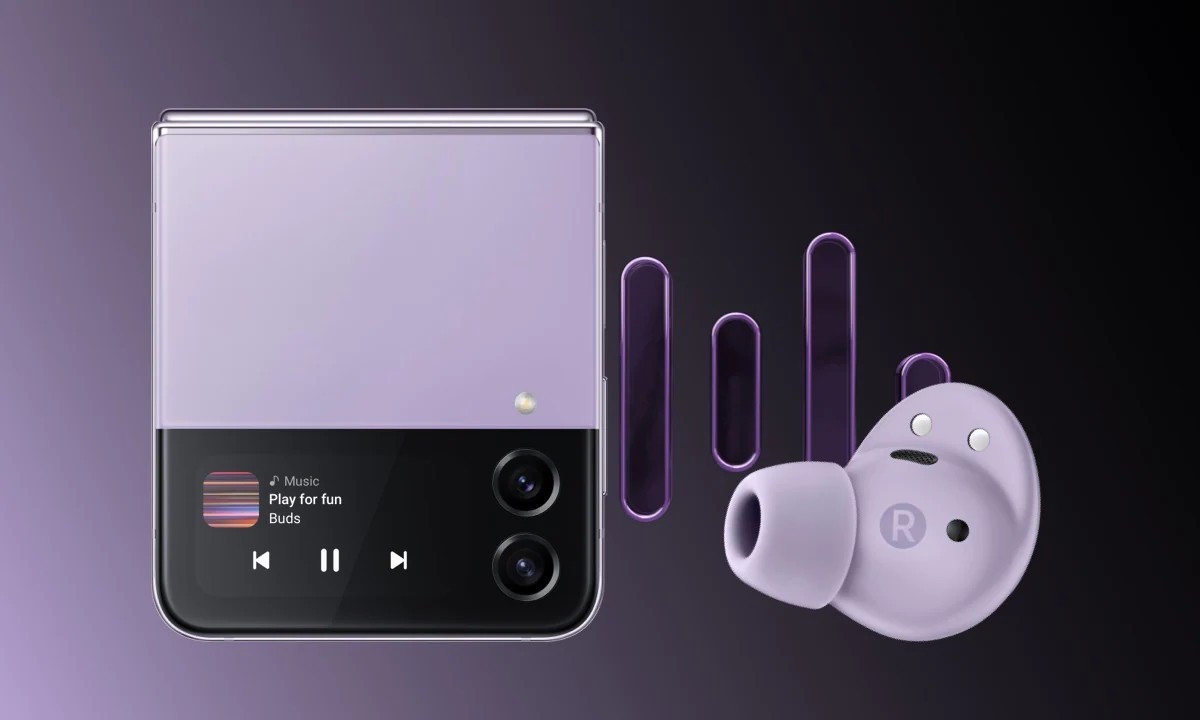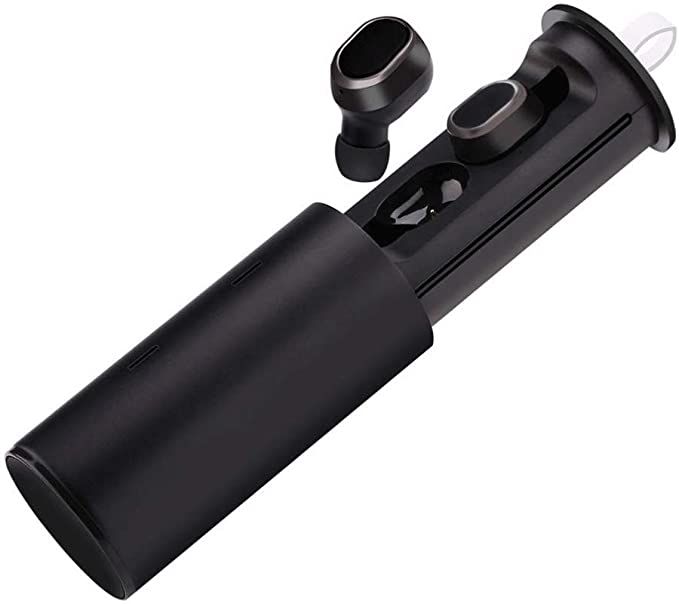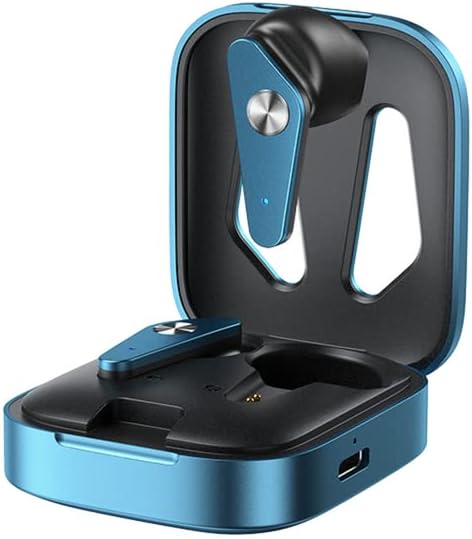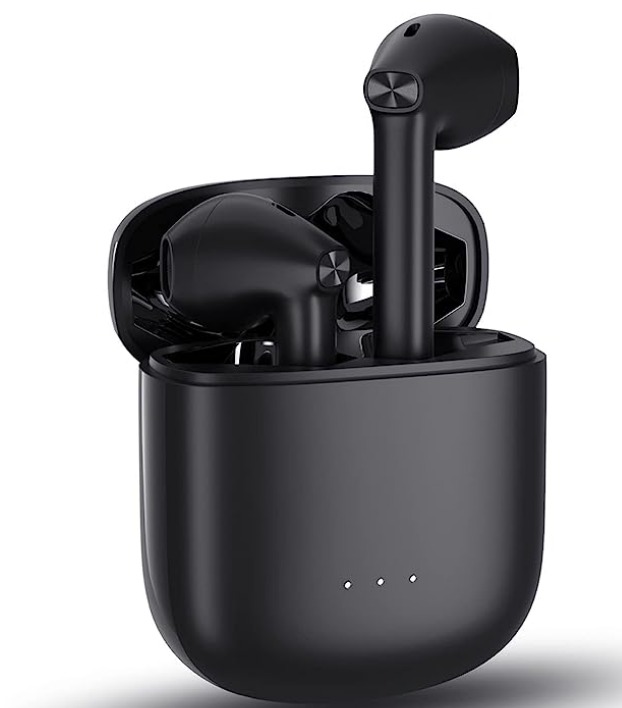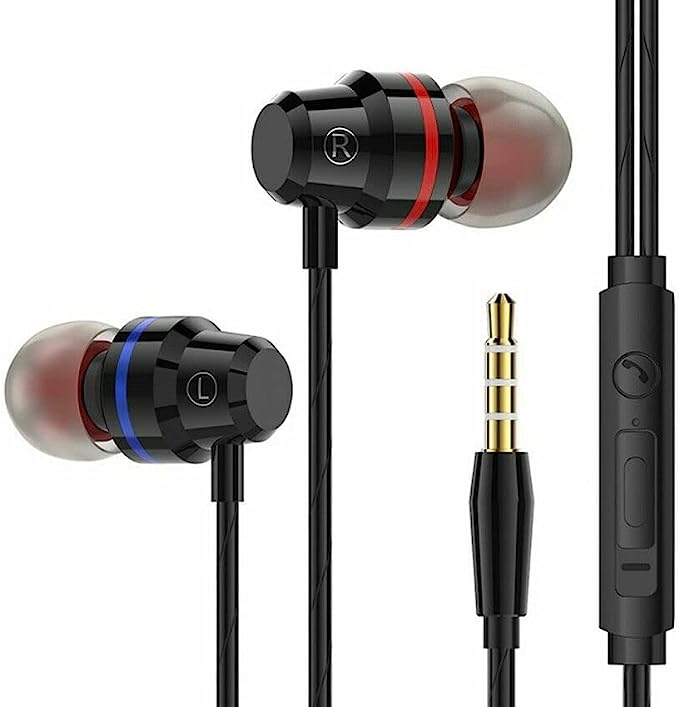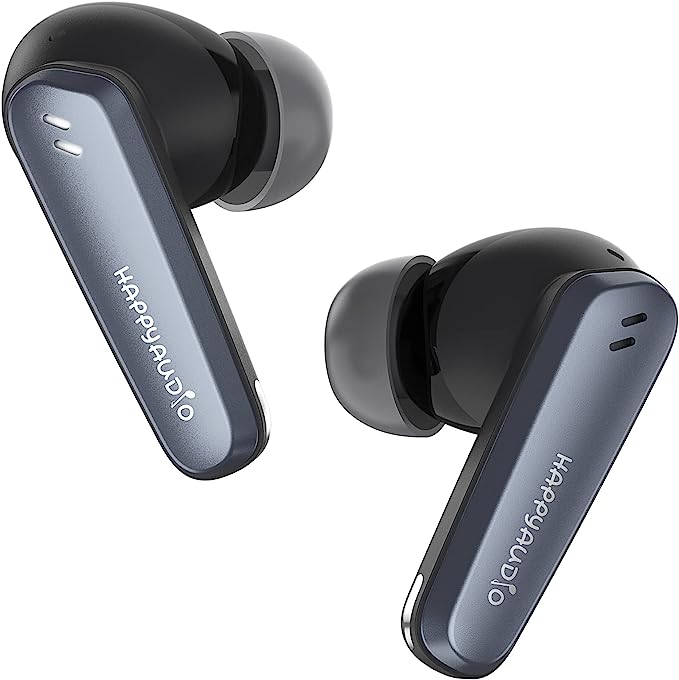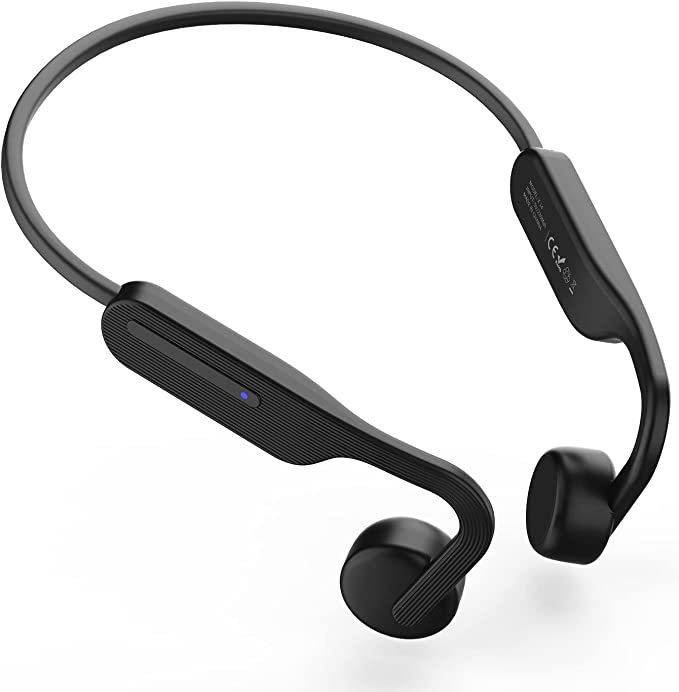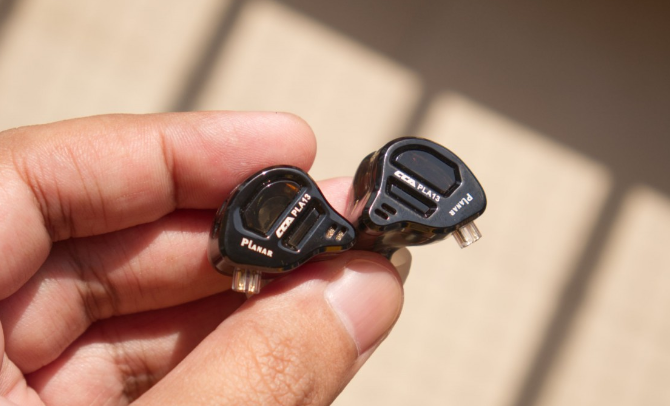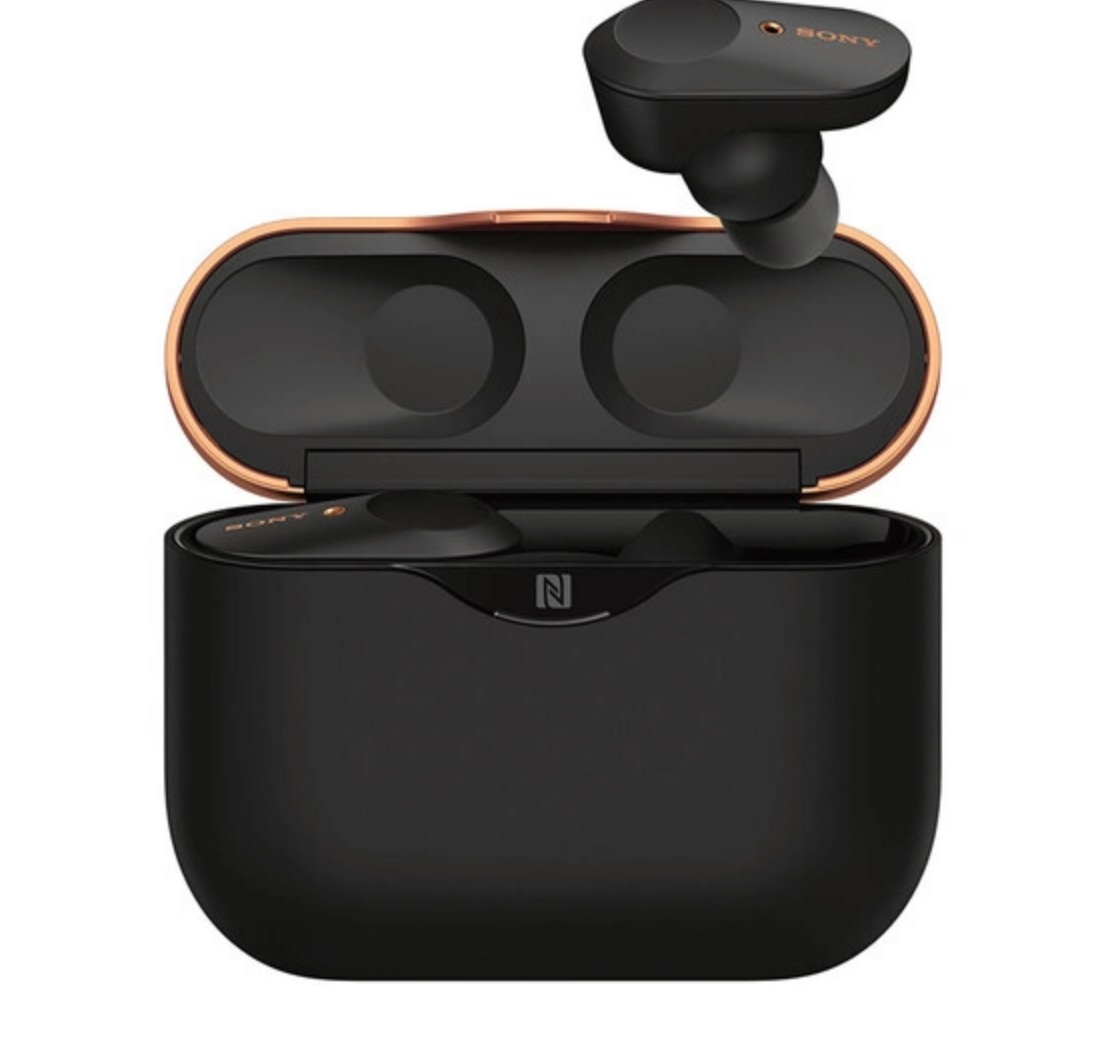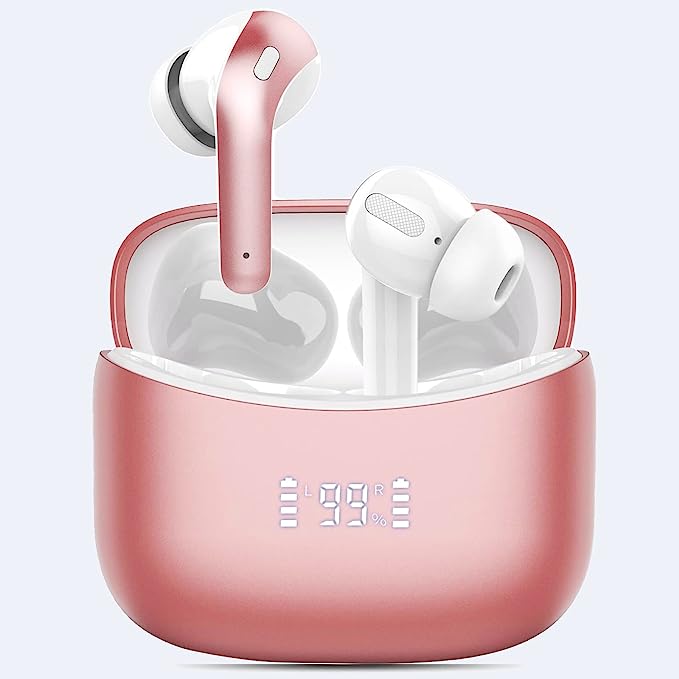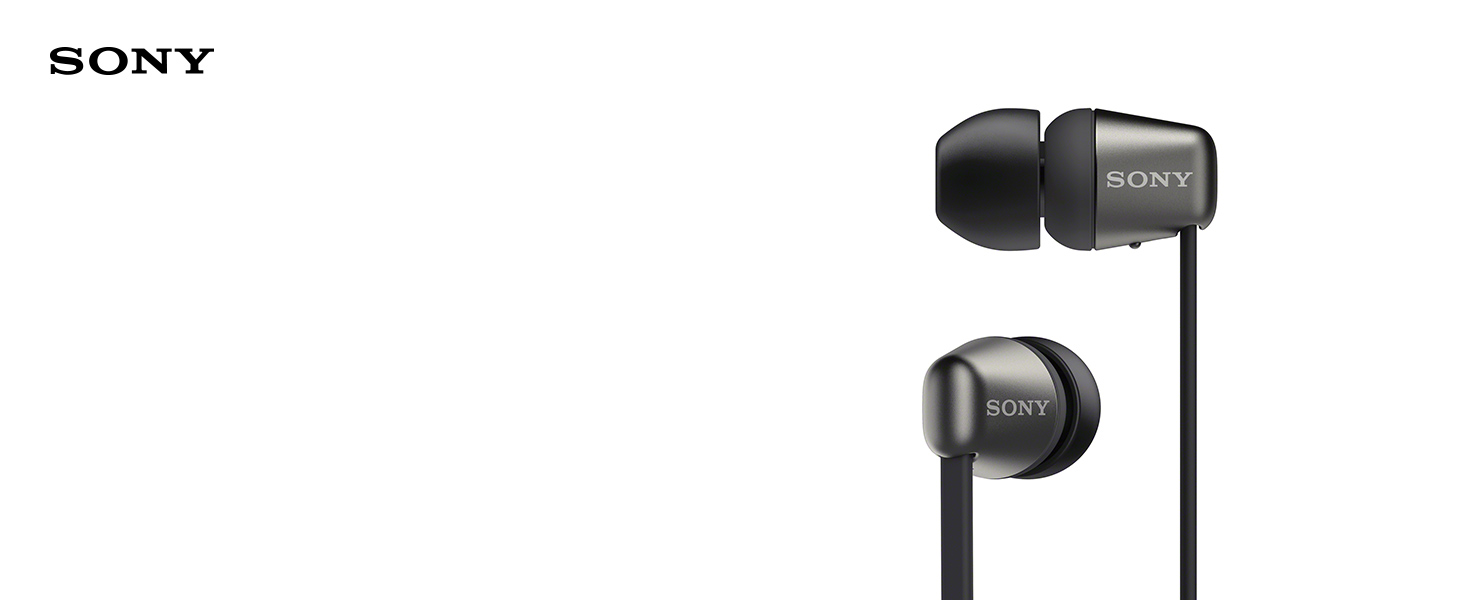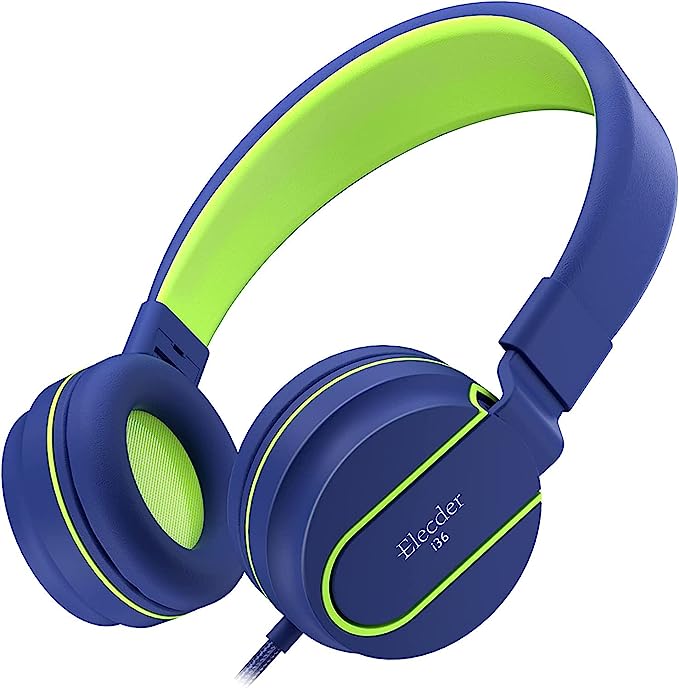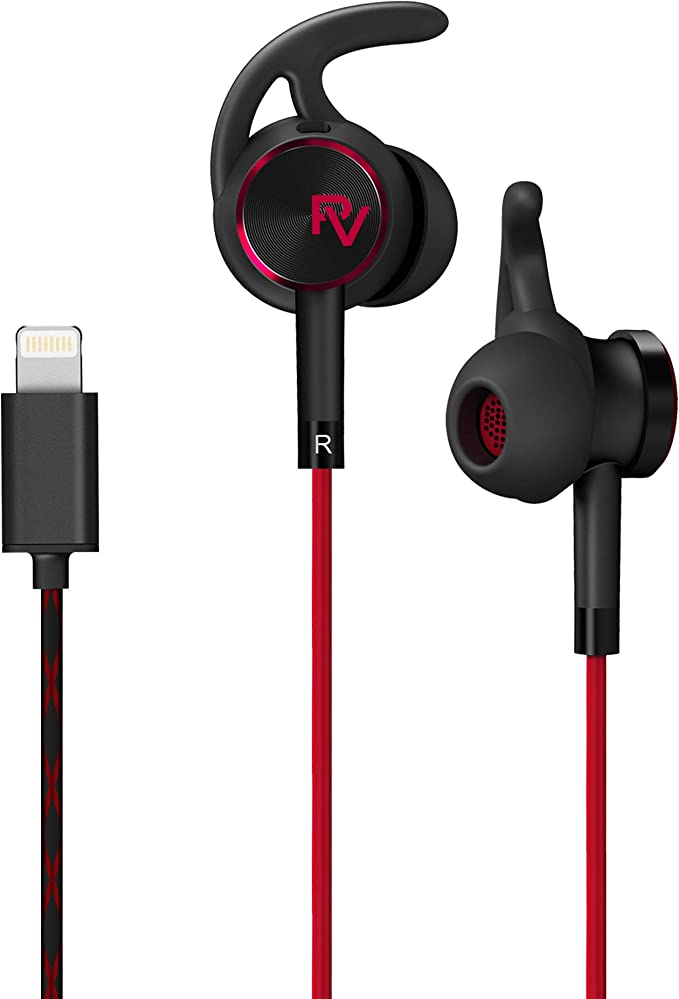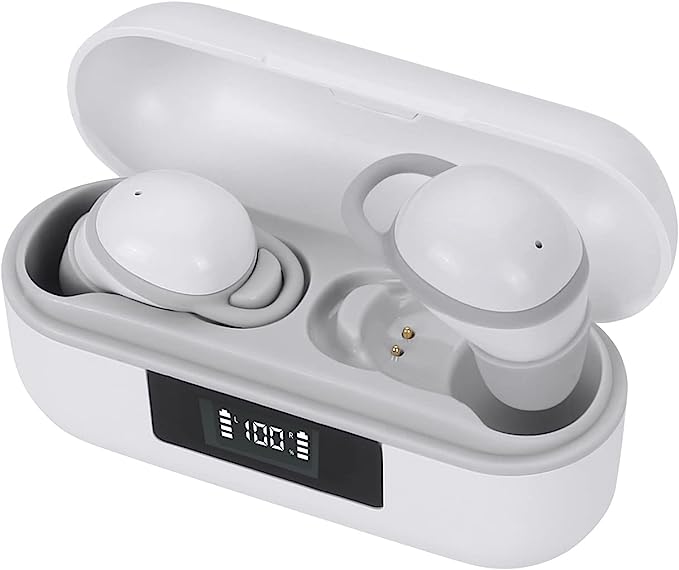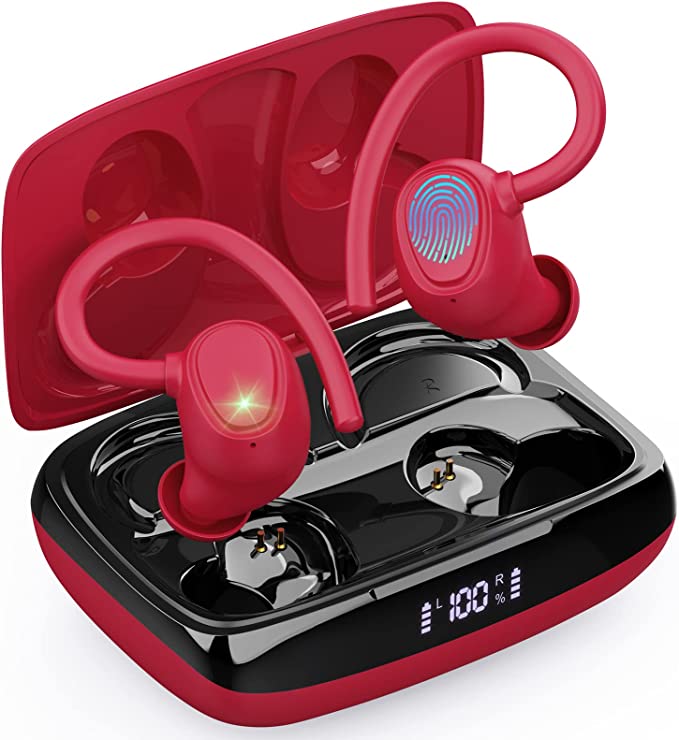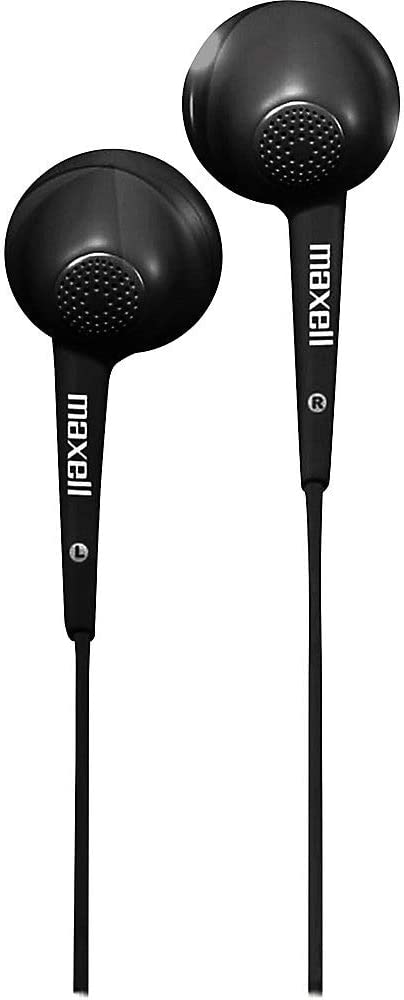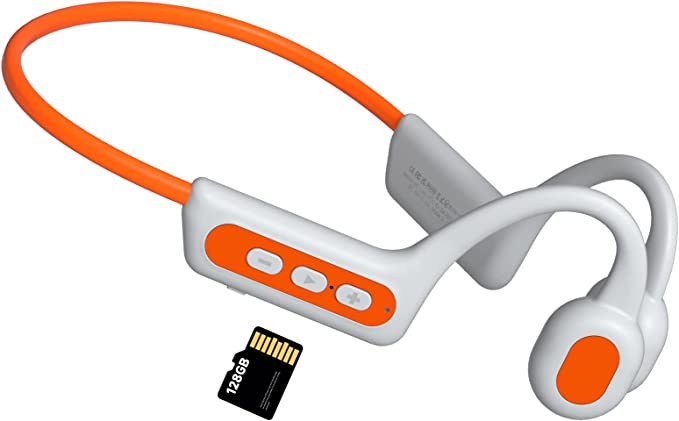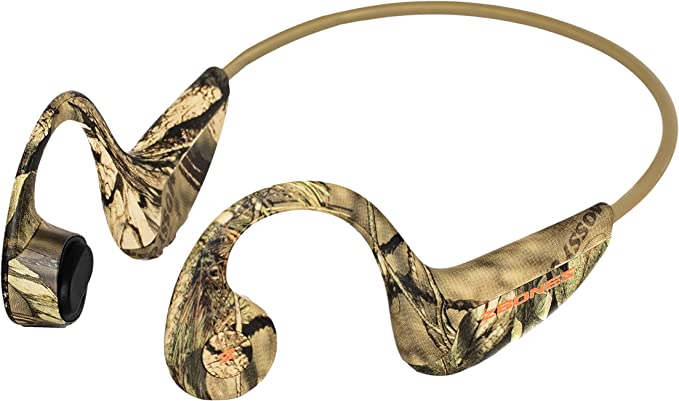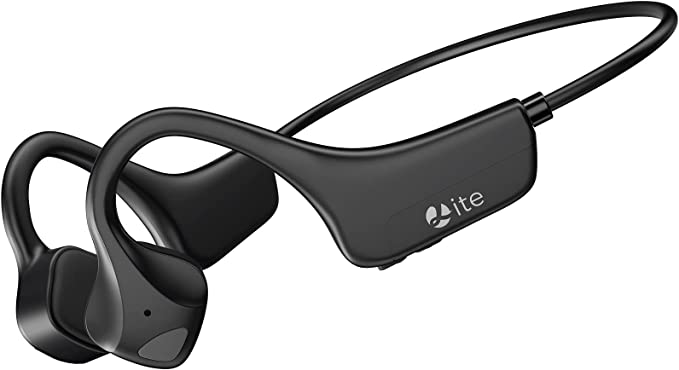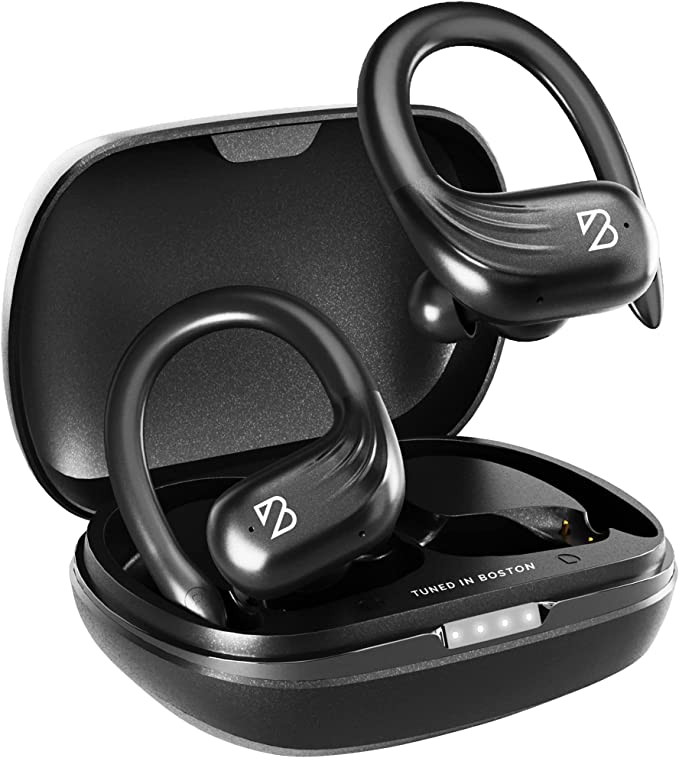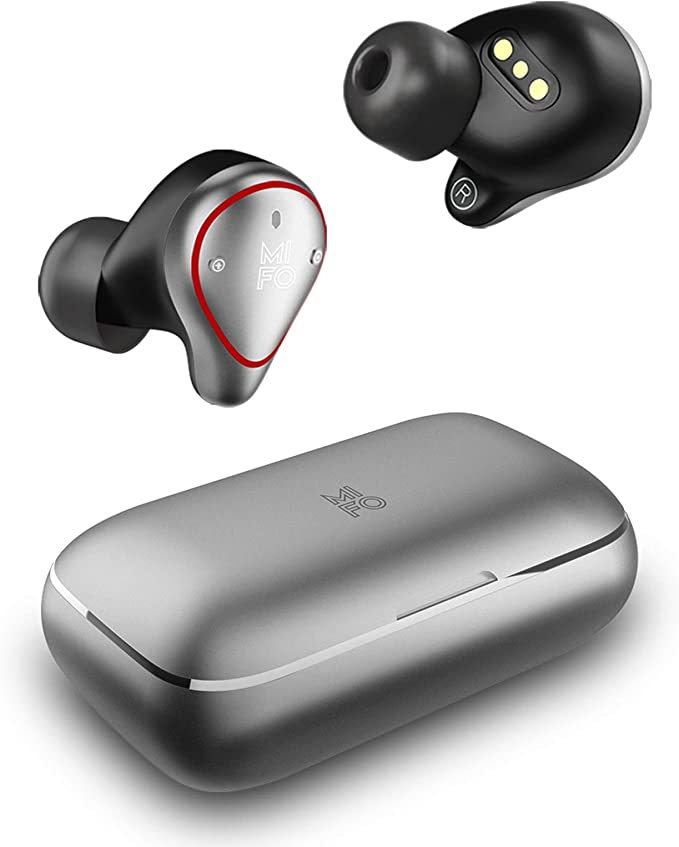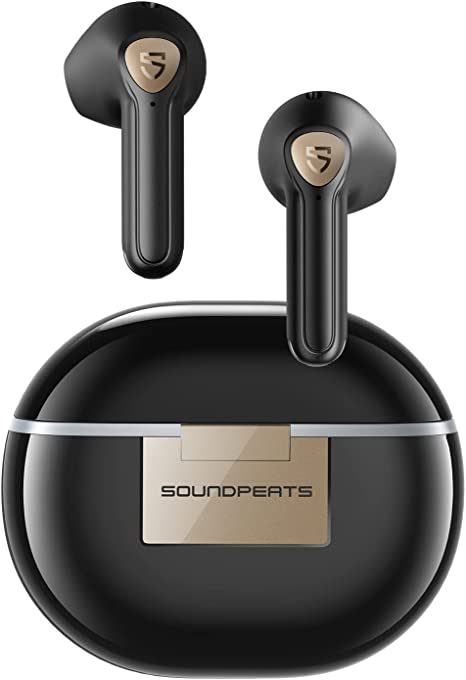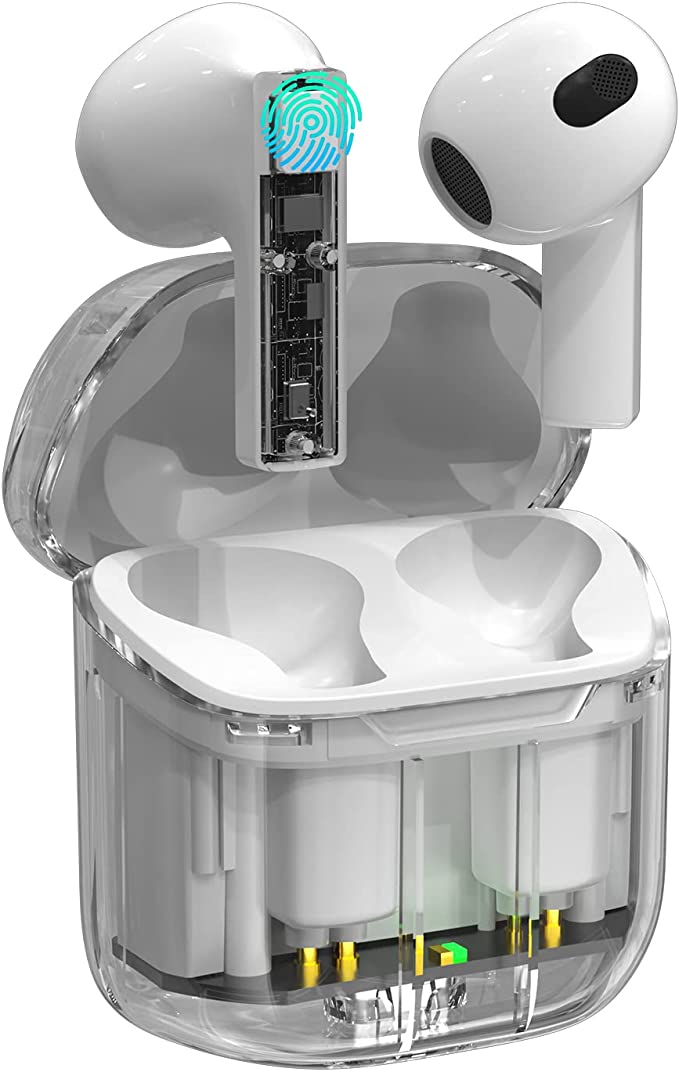JOCHEN MT320 Neckband Bluetooth Earbuds: Your Workout Companion with Enhanced Audio and Comfort
Update on Aug. 4, 2025, 10:32 a.m.
In less than a generation, a silent revolution has taken place in our ears. The tangled tyranny of the 3.5mm headphone jack has given way to the seamless freedom of wireless audio. This evolution, however, has brought with it a new kind of complexity: a barrage of technical specifications and acronyms on every product box. We see terms like Bluetooth 5.2, ENC, and IPX7 and are expected to understand their value. But what do they really mean?
Instead of just another product review, let’s embark on a journey of demystification. Using a contemporary example, the JOCHEN MT320 neckband earphones, as our guide, we will dissect these specifications. Our goal is not to sell you a product, but to equip you with knowledge. By the end of this, you’ll be able to look at any audio device’s spec sheet and see not just numbers and letters, but the science and history that give them meaning.

The Unseen Handshake: Demystifying Bluetooth and Its Royal Origins
Before it was a button on your phone, “Bluetooth” was a king. Specifically, Harald “Bluetooth” Gormsson, a 10th-century Viking king famed for uniting the disparate tribes of Denmark and Norway. In 1996, when a consortium of tech companies (Intel, Ericsson, Nokia) set out to create a single, universal short-range wireless standard to unite different devices, the codename “Bluetooth” was adopted as a fitting metaphor. The name stuck, and the Bluetooth Special Interest Group (SIG) was born, forever linking our modern wireless world to a medieval monarch.
This history matters because it highlights the core mission of Bluetooth: to be a universal language. When a device like the JOCHEN MT320 claims to use Bluetooth 5.2, it’s not just a version number; it’s a statement of its fluency in the latest dialect of this language.
The leap to version 5.2 introduced a monumental architectural shift known as Low Energy (LE) Audio. This new framework is ingeniously efficient. It allows for the transmission of high-quality audio using significantly less power, which is the scientific principle enabling manufacturers to claim impressive battery life—like the MT320’s advertised 20 hours of playtime—without needing an impractically large battery. Furthermore, Bluetooth 5.2 improves how connections are managed in crowded radio environments, resulting in the robust, stable link we crave during a workout or a busy commute. It’s an unseen, digital handshake, refined over decades to be quicker, stronger, and far more power-conscious.

The Art of Being Heard: Engineering Clarity in a Noisy World
There are two distinct battles being fought against noise in the world of personal audio. The one we hear most about is Active Noise Cancellation (ANC), a technology pioneered for aviation that creates a quiet sanctuary for the listener. It works by using microphones to listen to outside noise and then generating an inverse sound wave to cancel it out.
The JOCHEN MT320, however, highlights the other, equally critical battle: ensuring you are heard. This is the domain of Environmental Noise Cancellation (ENC). Think of ENC not as a bubble of silence for you, but as an intelligent filter for your microphone.
Here’s how it works on a fundamental level. ENC relies on an array of tiny, sophisticated microphones known as MEMS (Micro-Electro-Mechanical Systems). At least one microphone is positioned to primarily capture your voice, while others are placed to capture the ambient sounds of your environment—the hum of the air conditioner, the clatter of a coffee shop, the roar of a passing bus.
This is where the magic of Digital Signal Processing (DSP) comes in. An onboard algorithm analyzes the inputs from all microphones in real-time. It’s smart enough to recognize the distinct patterns of your voice versus the chaotic, persistent patterns of the background noise. It then digitally subtracts the unwanted environmental sound from the transmission, isolating your voice before sending it to the person on the other end of the call. While manufacturers might offer specific performance metrics, like claims of suppressing a certain percentage of noise, the underlying, verifiable principle is this elegant fusion of multi-microphone hardware and intelligent software. ENC is the unsung hero of the modern conference call and the reason a quick chat from a windy street corner is even possible.

Trial by Water: Deconstructing the IPX7 Fortress
“Waterproof” is one of the most overused and misunderstood terms in consumer electronics. Thankfully, engineers prefer precise, verifiable standards. The designation you see on the MT320, IPX7, comes from a rigorous global standard, IEC 60529, maintained by the International Electrotechnical Commission. Understanding this code is like learning to read the language of durability.
Let’s break it down:
- IP stands for Ingress Protection, or how well the device’s enclosure protects against the entry of foreign objects.
- The first digit (X in this case) refers to protection against solid particles like dust and sand. An ‘X’ simply means it hasn’t been submitted for or given an official rating for dust protection.
- The second digit (7 in this case) is the crucial one for liquid protection.
A rating of ‘7’ is not arbitrary. It signifies that the device has survived a specific, demanding laboratory test: being fully submerged in up to 1 meter (approximately 3.3 feet) of freshwater for 30 minutes without any water breaching its internal components. This tests the integrity of every seal, gasket, and seam against the relentless force of hydrostatic pressure.

For a user, this IPX7 rating translates directly into real-world confidence. It’s not just an assurance that the headphones can handle sweat during an intense workout or an unexpected downpour on a run. It’s a certified resilience, an engineering promise that a momentary drop into a sink or puddle won’t mean the end of your device.
From a Viking king’s nickname to the physics of acoustics and the rigor of international standards committees, the specifications on a simple pair of headphones tell a remarkable story. By looking beyond the hype, we transform ourselves from passive consumers into informed enthusiasts. We learn that the best technology isn’t just about features; it’s about elegantly engineered solutions to real-world challenges. And that is knowledge worth listening to.
